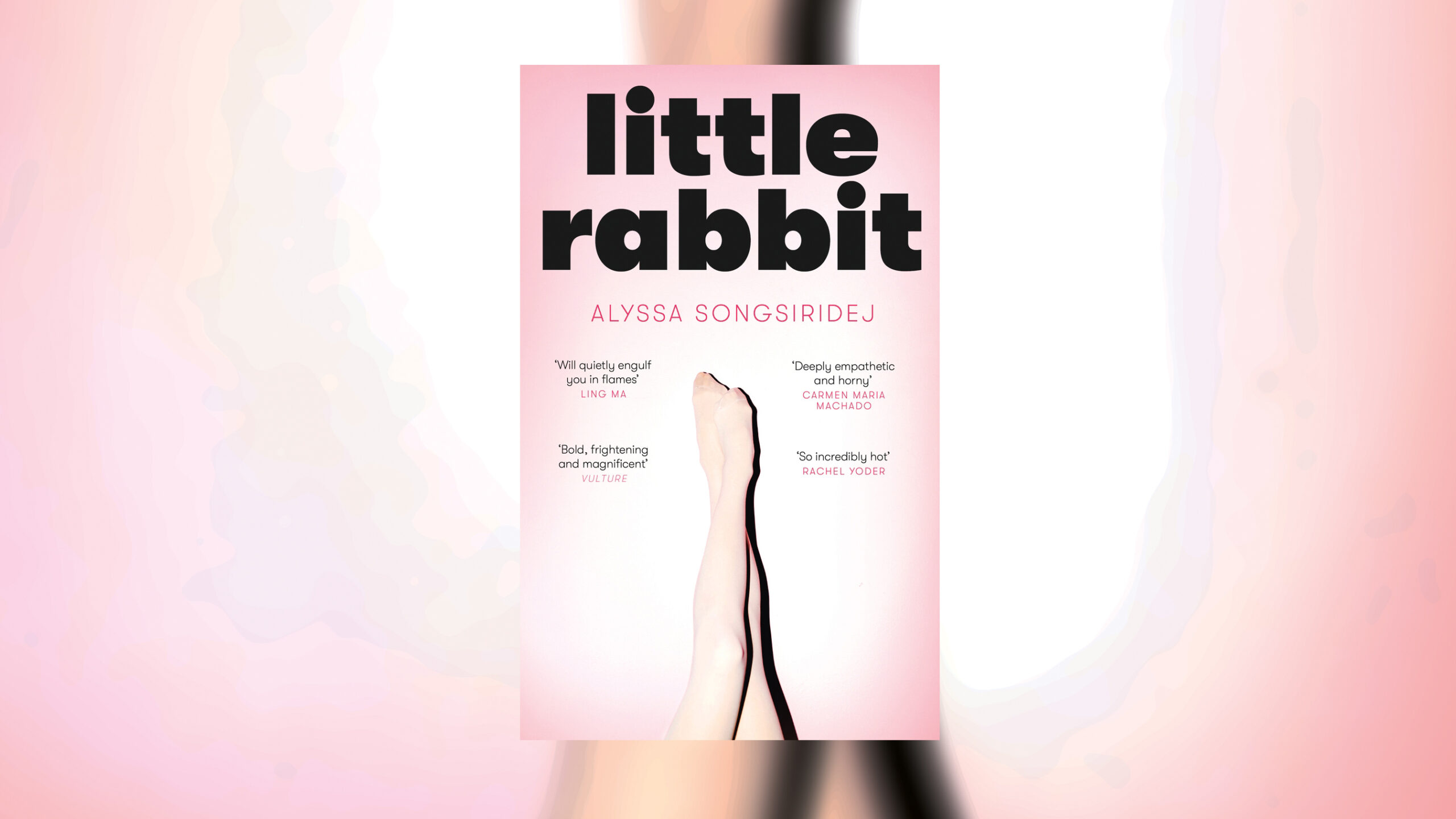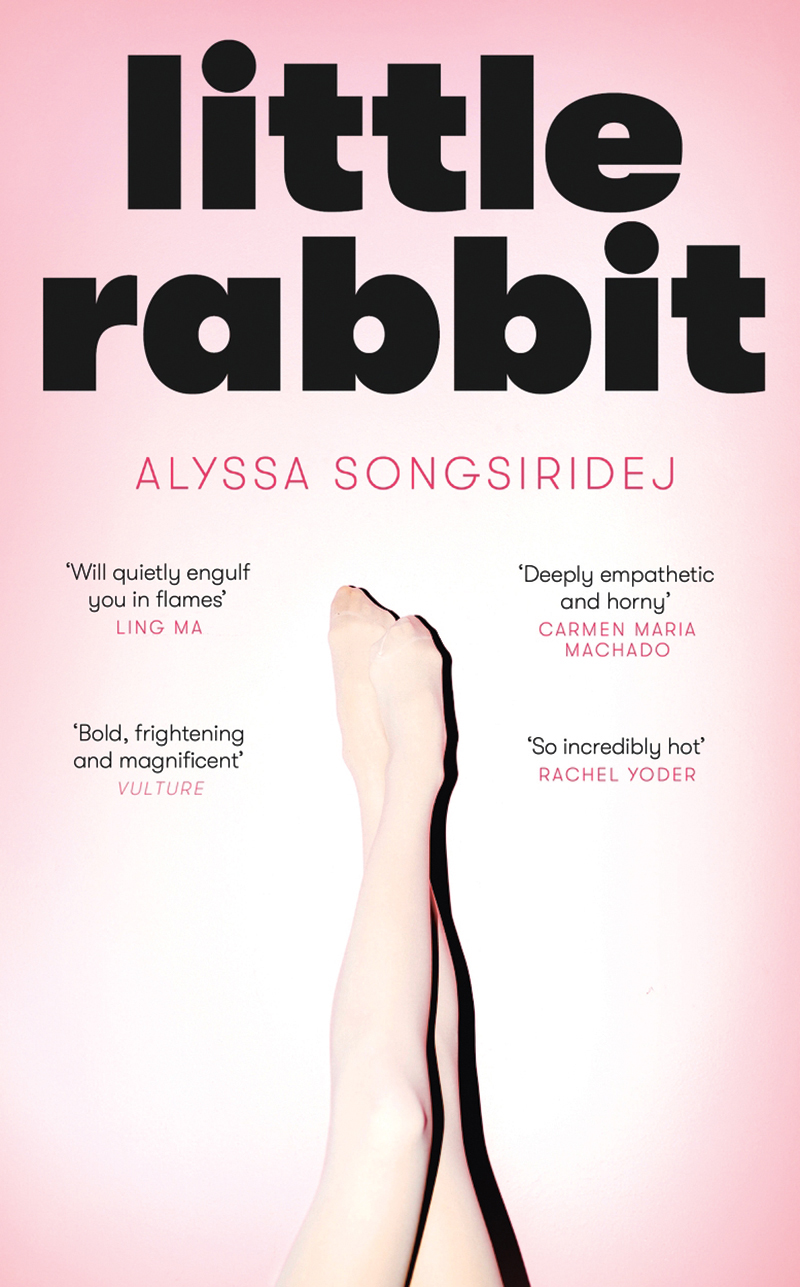When BDSM is brought up in a cultural context it is impossible to not feel the spirit of Fifty Shades of Grey haunting the conversation: the book and film series with poor kink representation that set us back decades in the discourse. Thankfully Alyssa Songsiridej’s Little Rabbit couldn’t be further from this misrepresentation, and stands more in line with Mary Gaitskill’s Secretary and Saskia Vogel’s Persuasion as it expertly dives into the messy relationship between perception and desire.
Songsiridej’s debut novel follows Rabbit – as she is endearingly named by her lover – a bisexual writer in her early 30s who meets and becomes quickly infatuated with the choreographer, a 50-year-old man who is far from her regular type.
Rabbit’s parents are shocked by the age gap, while her queer friends can’t quite believe that she’s getting serious about a man – and that’s before the bruises start to show.
- How to be a good LGBTQ+ ally for Pride Month and beyond
- 50 years of Pride: Why this year’s milestone is bittersweet for LGBTQ+ people
- Why we must do more to address LGBTQ+ youth homelessness
Bisexuality is a fresh topic in contemporary literature, with many focusing on a woman who chooses a male romantic lead. However, few extrapolate the painful experiences of bi-erasure in the way Little Rabbit does. As her best friend tries to revoke her queerness for her current partner, Rabbit is left wounded, struggling to reclaim the identity she shouldn’t have to define to anyone.
Pair this with her newly discovered submissive sexual tendencies and Rabbit worries about her being perceived as conforming to heterosexual pressures. As we indulge in fantasy that blossoms into reality and a supportive loving relationship grows alongside their evolving kinks, Rabbit discovers that her feminism doesn’t have to conflict with her fetish.
What the reader is left with is a profoundly moving experience thanks to an author capable of navigating
sexual politics without compromising on steamy scenes, leaving a flourishing heat on the page.










